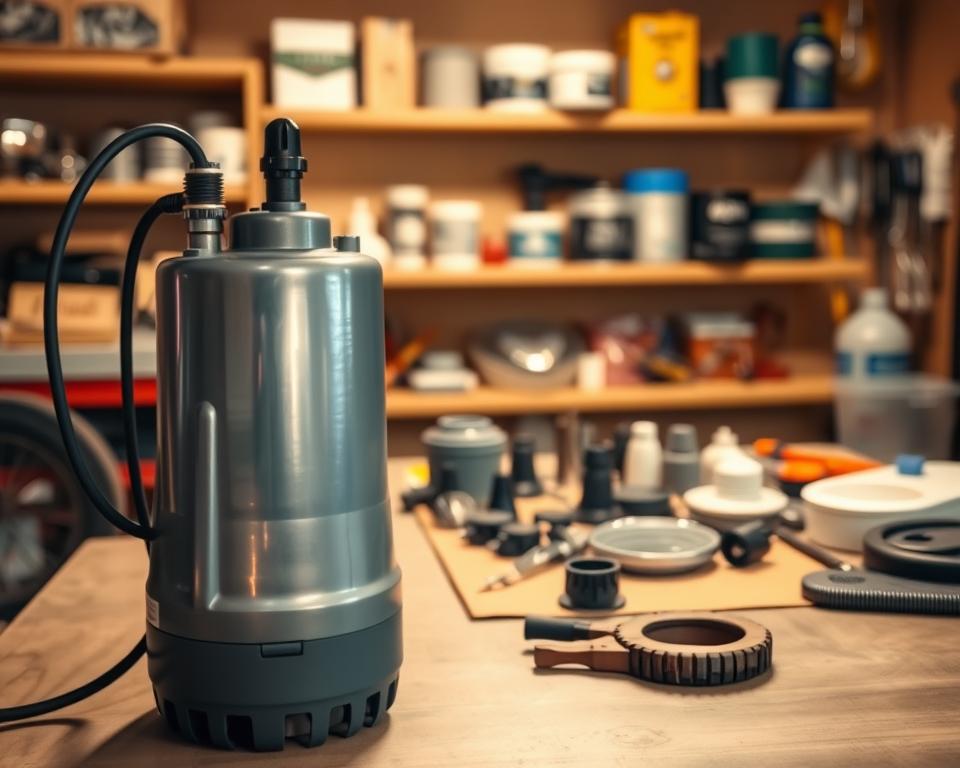RV Septic Tank Pumping: Essential Maintenance Tips
Imagine what happens when you ignore your RV’s sewer setup. Many RV owners find the idea of septic tank pumping daunting. Yet, recognizing the need for regular servicing is crucial. These steps preserve your camping joy and avoid expensive repairs. Mastering correct waste handling is fundamental to your system’s longevity. Here are key pointers on RV septic tank pumping near me with upkeep advice to ensure your system operates flawlessly.
Getting to Know Your RV’s Waste Setup
All RVs come with a built-in waste management system. It consists of a black tank for toilet use, a gray tank for sinks/showers, plus a freshwater reservoir. Grasping how each part works is key to proper black tank servicing and overall system care.
Drains and vents manage liquid and air movement throughout the system. A good grasp prevents clogs and nasty odors. It’s the foundation of a smooth camping experience.
Maintaining clear, working tanks requires routine effort. Monitoring fill levels and dumping when needed keeps odors at bay. By maintaining your RV’s septic system properly, you’ll improve its lifespan and enjoy every trip more.
Importance of Regular RV Septic Tank Pumping
Frequent tank pumping keeps your system working and clean. Waste buildup triggers odors and backups that ruin outings. Overfilled tanks risk ugly overflows. These incidents mar your travel enjoyment.
Skipping pump-outs leads to pricey repairs. System failures cause leaks and wear out parts prematurely. Timely emptying keeps your plumbing running smoothly. It prevents unwelcome surprises and roadside emergencies.
Proactive servicing stops clogs. Investing in pump-outs shows you care about your RV. It greatly improves your travel experience. A strict pumping routine lets you enjoy camping without septic concerns.
Recommended Pump-Out Intervals
Timing your tank dumps depends on several variables. Generally, dump every 3–5 days when in use. Still, it varies with tank size and occupancy. Pinpointing the correct dump time is key for effective wastewater management.
Dump the black tank at about two-thirds capacity. This prevents solids from clogging and keeps flow steady. Ignoring it can cause backups and unpleasant odors.
Many elements can affect how often you pump:
- Number of people on board
- Length of stay
- Type of waste generated
- Tank capacity
Planning is key to avoiding emergencies. Sync with any public dump station hours. Tracking your usage helps forecast dump needs.
| Usage Scenario | Pumping Frequency |
|---|---|
| Short Trip, Two Campers | Every 3–4 days |
| Extended Trip (4–6 people) | Every 2–3 days |
| Seasonal Use, Two to Four Campers | Weekly or Bi-Weekly |
Monitor fill levels and usage patterns. Staying attentive guarantees a pleasant trip.

Best Practices for Dumping Your Tanks
Correct dumping preserves system health and prevents issues. Begin with the black tank to avoid cross-contamination. It keeps gray water from mixing with solids.
Using a high-quality hose minimizes leaks and ensures smooth dumping. Secure all fittings firmly to avoid leaks. After emptying, flush the black tank with plenty of water. This removes residue and preps the tank for next time.
Scout dump spots along your route. This preparation streamlines your dump routine.
To summarize, use these steps:
- Empty the black water tank first.
- Use a top-quality sewer hose.
- Flush the black tank thoroughly after emptying.
- Plan your dump station locations.
These tips refine your waste disposal process.
How to Care for Your Black and Gray Tanks
Knowing proper tank use and maintenance is crucial. Keep some water in the black tank for better breakdown.
Don’t flush wipes, feminine products, or paper towels. Use only RV-compatible paper. Inspect tanks often to catch problems early.
Adding treatments now and then improves septic service. These products balance enzymes and bacteria for efficient decomposition. Simple steps ensure smooth tank operation.
- Check for leaks and damage often.
- Apply RV-specific chemical treatments.
- Keep vents clear to avoid odors.
Following these rules protects your septic setup. It also boosts your camping enjoyment.
How to Pump Efficiently
Successful pumping requires precision and a clear procedure. Proper disposal prevents issues—only dump at approved stations. Know your tank’s capacity to avoid overflows.
Check tank indicators regularly to time pump-outs. This extends tank life and enhances trip comfort. Setting a dumping schedule improves system efficiency.
Flush well after every emptying. This clears residue for more efficient future pump-outs. Such tactics keep your rig in top shape and improve your travel experiences.
Avoid These Septic System Errors
Upkeep prevents trip interruptions. Not using enough water in the black tank leads to buildup. Adequate water use breaks down solids efficiently.
Wrong flushables cause havoc—never flush wipes or towels. Avoid non-dissolvable products like feminine hygiene items. They cause backups and costly service calls.
Keep the black tank valve closed until ready to dump. Premature opening prevents a full flush. This ensures solids clear on each dump.
Awareness of these errors boosts system longevity. Avoiding them keeps your waste management reliable.
When to Seek Professional Septic Services
Knowing when to hire pros preserves system health. Lingering smells can mean serious tank problems. Slow drains point to potential clogs or buildup.
Waste spillage near dump sites signals trouble. It often calls for a deep professional clean. Pros blast away blockages to restore smooth flow.
Regular expert check-ups safeguard tank health. Early intervention avoids expensive failures. Hiring qualified technicians saves time and money long term.
Sustainable Waste Management Strategies
Smart upkeep ensures lasting system performance. Regular pumping boosts system life and function. Flushing often prevents buildup and costly repairs.
Implementing clean cycles safeguards tank health. Inspecting connections stops leaks before they spread. Opting for biodegradable products protects plumbing.
Consider these long-term practices:
- Stick to a pump-out timetable.
- Rinse often to remove solids.
- Sanitize twice a year.
- Inspect parts frequently for wear and tear.
Investing in prevention brings peace of mind. Routine service lets you focus on the scenery, not your sewer.
Final Thoughts
Good septic care ensures enjoyable trips. Understanding operation and following guidelines prevents headaches. Routine black tank dumping boosts performance. This makes your journey more comfortable.
Consistent inspections and care deliver trouble-free trips. Dependable sewage service backs every adventure. These routines prime your rig for future rides. So you can focus on making memories, not dealing with tanks.

